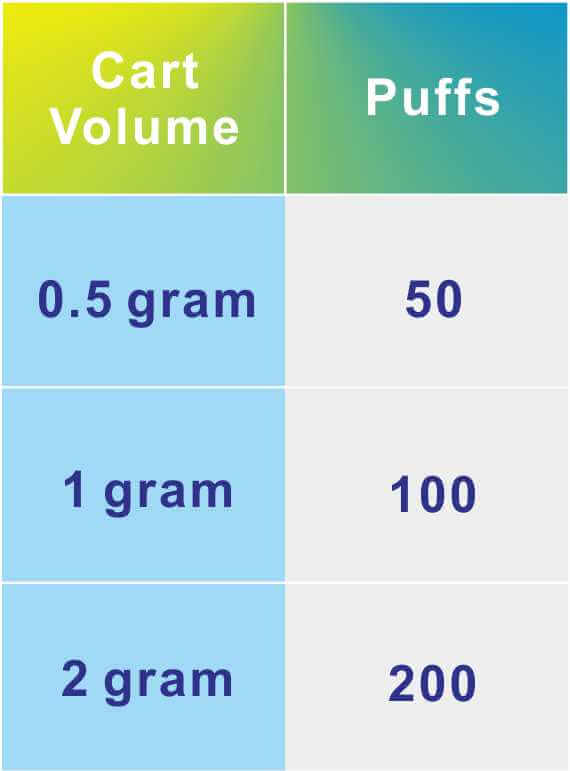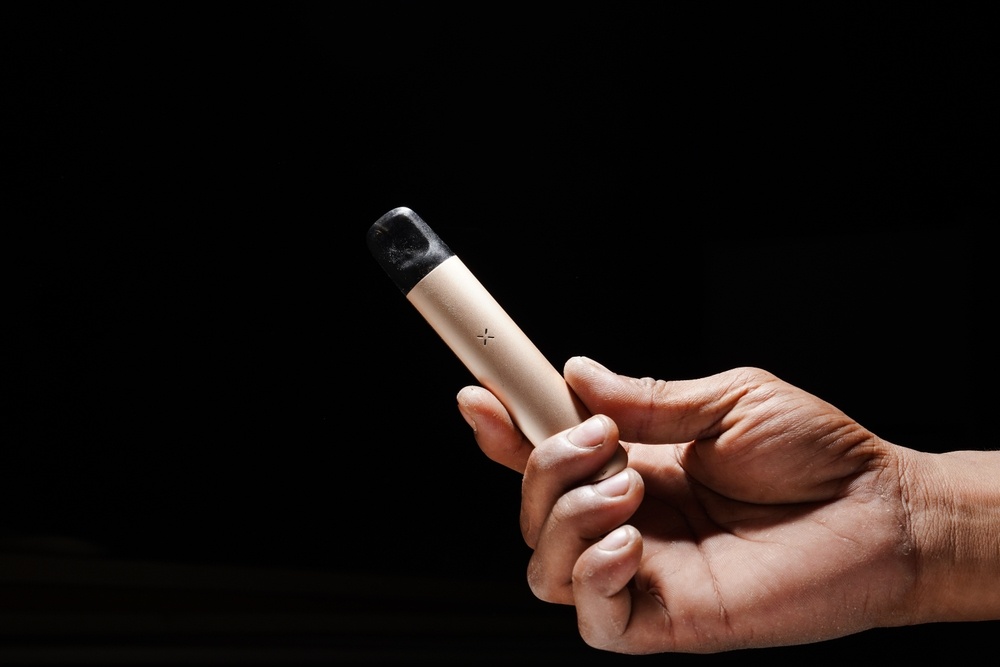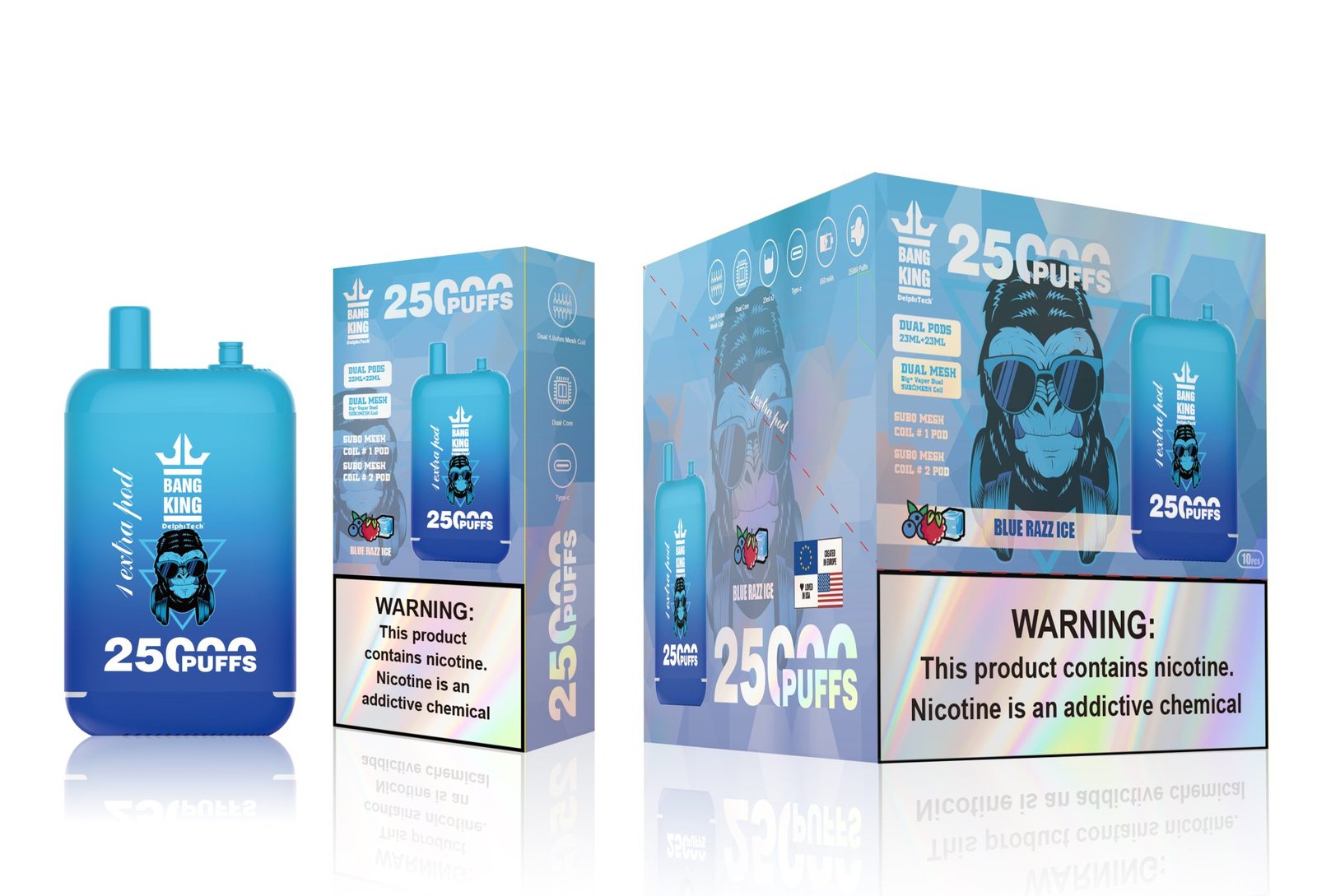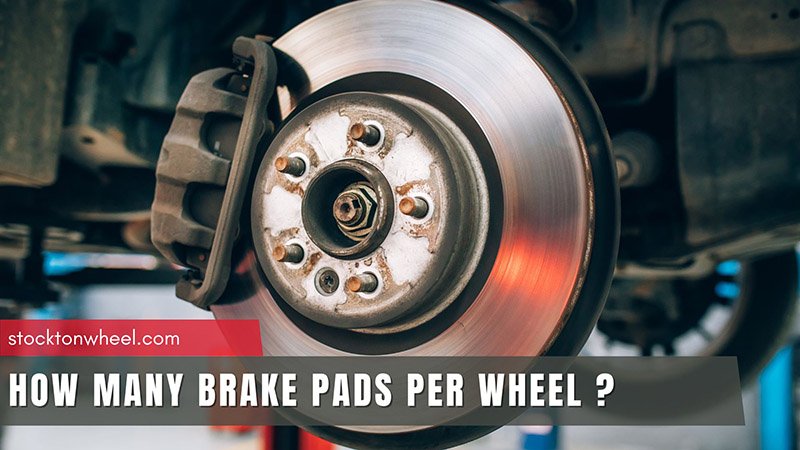How Many Hits Does A Cart Have

The question of how many inhalations, commonly referred to as "hits," a cannabis oil cartridge ("cart") provides is a complex one, sparking debate among consumers, researchers, and regulators alike. The answer is not straightforward, as it depends on a multitude of factors. This variation makes it difficult to establish a universal standard.
Understanding the lifespan of a cart requires examining the intertwined elements of cartridge volume, inhalation size, consumption habits, and oil potency. Accurately estimating the number of hits is critical for consumers seeking responsible use and for policymakers developing informed regulations. This article delves into the factors influencing cart longevity, shedding light on the complexities involved in determining the number of usable inhalations.
Factors Influencing Cartridge Lifespan
The primary determinant of a cart’s lifespan is its volume, typically measured in milliliters (mL). Common sizes include 0.3mL, 0.5mL, and 1.0mL. A 1.0mL cart theoretically contains twice the amount of oil as a 0.5mL cart, and therefore, should offer approximately twice the number of inhalations.
However, this is a simplified view. The actual number of hits depends significantly on the *volume of each inhalation*. A larger, deeper inhalation will deplete the cartridge more quickly than a short, shallow one. Individual consumption patterns are thus a crucial factor.
Inhalation Size and Frequency
Inhalation volume is highly variable. Some users may prefer small, controlled puffs, while others favor long, deep draws. This difference directly impacts how quickly the oil is consumed.
The frequency of use also plays a significant role. Someone who uses a cart several times a day will naturally deplete it faster than someone who uses it only occasionally. Daily use habits create varied consumption rate.
Oil Potency and Composition
The potency of the cannabis oil, particularly the concentration of THC (tetrahydrocannabinol), can influence user behavior. A more potent oil may require fewer inhalations to achieve the desired effect, thereby extending the cartridge's lifespan.
Additionally, the composition of the oil itself, including the presence of terpenes and other cannabinoids, can affect viscosity and vaporization efficiency. These factors can impact the amount of oil vaporized per inhalation and the overall longevity of the cart. The *viscosity of the oil* changes vaporization.
Estimating the Number of Hits
Given the variability in these factors, providing a precise number of hits per cart is challenging. However, some general estimations can be made.
A common estimate is that a single inhalation from a standard cart delivers approximately 3-5 milligrams of oil. Based on this, a 0.5mL (500mg) cart might yield around 100-166 inhalations.
Similarly, a 1.0mL (1000mg) cart could potentially provide 200-333 inhalations. These are, however, theoretical maximums. Actual usage may vary significantly.
Consumer Reports and Research
Anecdotal evidence from online forums and consumer reviews reveals a wide range of experiences. Some users report getting hundreds of hits from a 1.0mL cart, while others claim it lasts only a week or two. Such individual reports highlights inconsistencies.
Unfortunately, there is a limited amount of rigorous scientific research on this specific topic. Most studies focus on the health effects of vaping cannabis rather than the consumption rate from cartridges. The lack of standardized testing methods also contributes to the difficulty in obtaining reliable data.
Implications and Considerations
The uncertainty surrounding the number of hits per cart has several implications. Consumers may find it difficult to accurately track their cannabis consumption and manage their intake.
This lack of clarity can also pose challenges for researchers studying cannabis use patterns and for policymakers attempting to regulate the industry. Standardized testing and labeling would help.
From a public health perspective, it's crucial for consumers to be aware of the factors influencing cart lifespan and to practice responsible consumption habits. *Educating consumers* is key.
Moving Forward
Addressing the knowledge gap surrounding cart lifespan requires a multi-pronged approach. This includes further research into vaping technology and consumption patterns, as well as the development of standardized testing methodologies.
Clear and consistent labeling on cannabis products, including information about average inhalation size and oil potency, would empower consumers to make informed decisions. Increased *transparency from manufacturers* is essential.
Ultimately, a better understanding of the factors influencing cart lifespan will benefit consumers, researchers, and regulators alike, fostering a more informed and responsible cannabis industry.


















